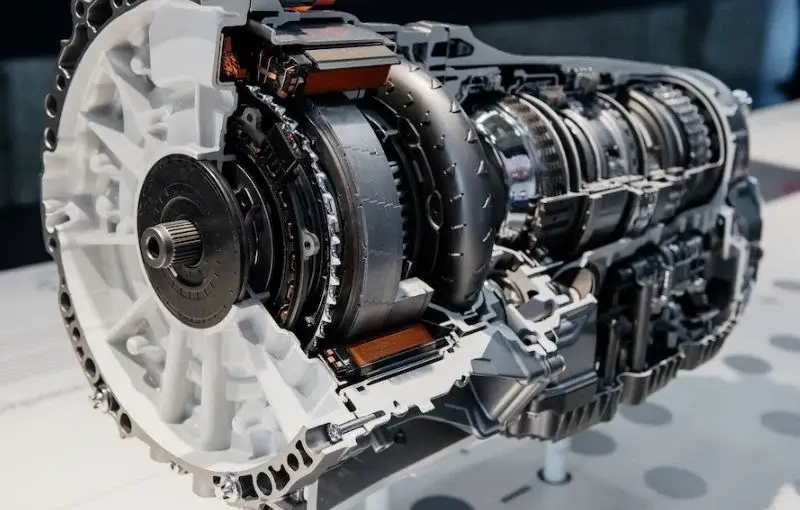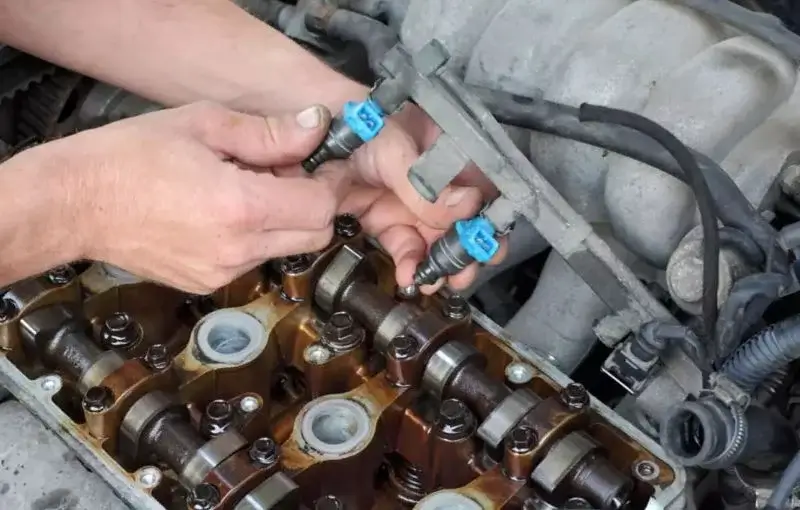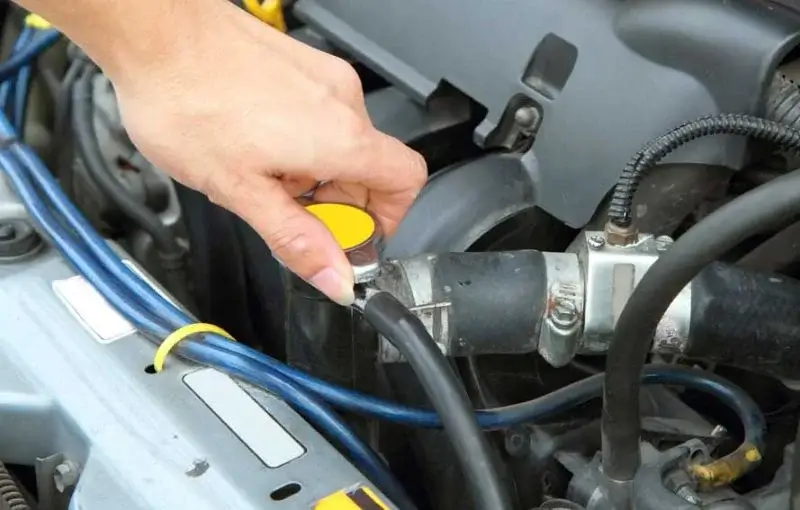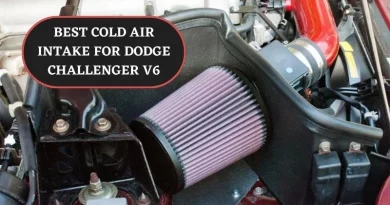The Anatomy of Car Engines: All the Different Parts That Propel Your Car’s Operation
Last updated on July 19th, 2024 at 05:36 am
The engine is comprised of many different car engine parts, each with its own function. In this article, we will explore the anatomy of a car engine. What are the different parts? How do they work? And what can you do if something goes wrong?
We will also look at how to choose the right engine for your car, as well as some best practices when it comes to maintaining it.
Let’s get started!
The Anatomy of a Car Engine – Part 1: The Block
The block is the foundation of an engine and contains the cylinders and crankshaft. It also houses the oil pan, which is responsible for collecting, filtering and distributing engine oil.
The block is made up of several different car engine parts including the cylinder block, cylinder head and front bearing housing. The basic components include pistons, connecting rods, a crankshaft and bearings. These are all held together by a series of bolts that can be easily removed to access the inner workings of the engine.
When selecting an engine, it’s important to consider its make and model. The size of the engine is determined by the number of cylinders it has, as well as their diameter and stroke length.
The Anatomy of a Car Engine – Part 2: The Cylinder Head

The cylinder head is made up of many different components including:
- The valves that control the flow of air-fuel mixture into the cylinders;
- A water jacket, which cools the engine; and
- A camshaft that controls when the valves open and close.
The purpose of a cylinder head is to house the intake and exhaust valves, as well as all the necessary components for combustion. It also plays an important role in cooling the engine.
When buying an engine, consider the type of cylinder head that comes with it.
The Anatomy of a Car Engine – Part 3: The Crankshaft and Flywheel
The crankshaft is located inside the block, while the flywheel is outside. The crankshaft is responsible for connecting the pistons to the transmission and generating power. It also controls the opening and closing of the valves via the camshaft. This is done by means of a timing belt or chain. The flywheel is what keeps the engine running at a constant speed by absorbing and distributing the energy from each stroke of the piston.
The Anatomy of a Car Engine – Part 4: The Transmission

The transmission receives power from the crankshaft via gears, which are connected to a shaft that transfers power to the wheels of your car. It allows you to change gears while driving, which makes your car more fuel efficient and faster. There are two main types of transmissions: manual and automatic. Manual transmissions are more common in vehicles because they give the driver full control over shifting gears, but they require regular maintenance to keep them working properly.
The Anatomy of a Car Engine – Part 5: The Differential
The differential is responsible for sending power from one wheel to another when they rotate at different speeds. It also helps you turn corners by keeping one of your wheels rotating while the other stays still. This ensures that both wheels have an equal amount of torque and speed, which makes driving a lot easier.
The Anatomy of a Car Engine – part 6: The Fuel System

The fuel system is responsible for supplying the engine with air and fuel, as well as controlling their flow into the combustion chambers. It also includes the carburettor, which mixes the two together. Without proper fuel flow, your engine will not be able to run. This component is very important when buying an engine.
The Anatomy of a Car Engine – Part 7: The Exhaust System
The exhaust system is responsible for getting rid of unburned fuel, as well as the waste products that are produced during combustion. It also includes a muffler, which reduces the sound of your engine so it doesn’t disturb anyone around you. In most cases, the exhaust system is located under the car to prevent any leaks or damage from occurring. This part is often replaced when there is an engine swap because it’s usually not included in the new engine.
The Anatomy of a Car Engine – Part 8: The Fuel Tank

The fuel tank is located under the car, where it’s out of sight and out of mind. It holds most of the fuel that you need to get from point A to point B. There are two types of fuel tanks: plastic and metal. Plastic tanks are lighter than their metal counterparts and cost less, but they are more prone to leaking. On the other hand, metal tanks last longer and can withstand higher pressures, but they are also heavier than plastic tanks. Which type you choose depends on your personal preference and budget.
The Anatomy of a Car Engine – Part 9: The Power Steering System
The power steering system is responsible for turning the wheels of your vehicle. It includes things like the pump that sends fluid to the steering mechanism, as well as various hoses, belts and pulleys that connect everything together. This system allows you to turn the wheel with minimal effort so driving can be much easier. It is also responsible for reducing the load on your engine when you’re turning corners or going up hills.
The Anatomy of a Car Engine – Part 10: The Radiator and Cooling System

The radiator and cooling system are essential to keeping your engine cool. They include many different components, such as the water pump, thermostat and fan belt. The cooling system works by circulating coolant through your engine via hoses and fans, which keep it at the rigors of temperature. When buying an engine, make sure it comes with a working cooling system so you don’t have to worry about installing one yourself.
The Anatomy of a Car Engine – Part 11: The Fuel Pump and Filter
The fuel pump is responsible for sending fuel from the tank to the carburettor or fuel injectors. It also includes various hoses that bring coolant to the radiator and water to the engine block. The filter is what removes any impurities in the fuel before it gets to your car’s engine. Without a filter, the impurities would clog up your injectors and cause them to stop working. It also prevents any dirt from entering your tank and causing a leak.




